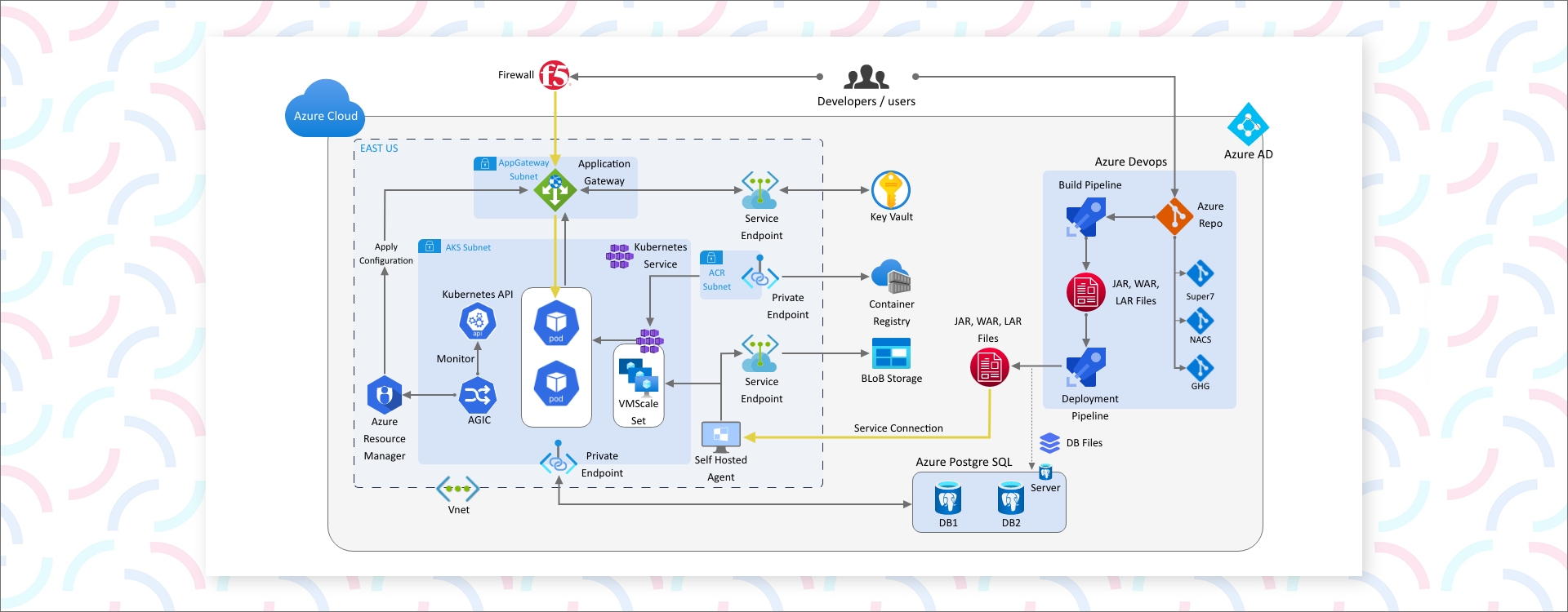Overview
Efficient Infrastructure Migration in Azure DevOps & Kubernetes: Lower Costs, Unified Management. CI/CD Implemented for Multiple Portals.
At A Glance

Industry
Logistic

Region
Europe

Duration
8 Weeks
Technical Stack








Client Profile
The client is a Swiss multinational mid- and downstream oil company with a presence across the world. They are one of the global market leaders in the sourcing and supply of bitumen.
Challenge
- The client was facing trouble maintaining multiple different portals and wanted to migrate them into a single container with higher speed, reliability, scalability, and security.
- They were using Postgres version 10 and needed the upgrade to the latest version 12 for better indexing and partitioning performance.
- The client also wanted multiple automation pipelines for deploying future updates.

Solution
- Seaflux developed the container and migrated all portals in the container environment using Azure Kubernetes & Docker.
- Microservice architecture has been implemented for making the portals more flexible and enables quicker updates.
- The Postgre database is migrated from version 10 to 12 in the Azure database. Postgre database flexi server is used in version 12 for its multiple-region availability, B-Tree indexing, and declarative partitioning performance.
- Multiple CI/CD pipelines have been created on Azure DevOps for automatic future updates.
- DMS was transferred to Azure BLOB from on-premises, to get a more optimized tiered storage providing flexible scale-up for high-performance computing.
Key Benefits
- Deploying containers and Postgres flexi server environment ensures a low risk of downtime for the database and the environment.
- Using the container and Azure BLOB, the overall cost of maintenance was reduced by 21%.
- The operational efficiencies have been increased by 19% by migrating the value chain of the business like communications, logistics, and operations in the containers.
Develop your next idea with usGet in touch






